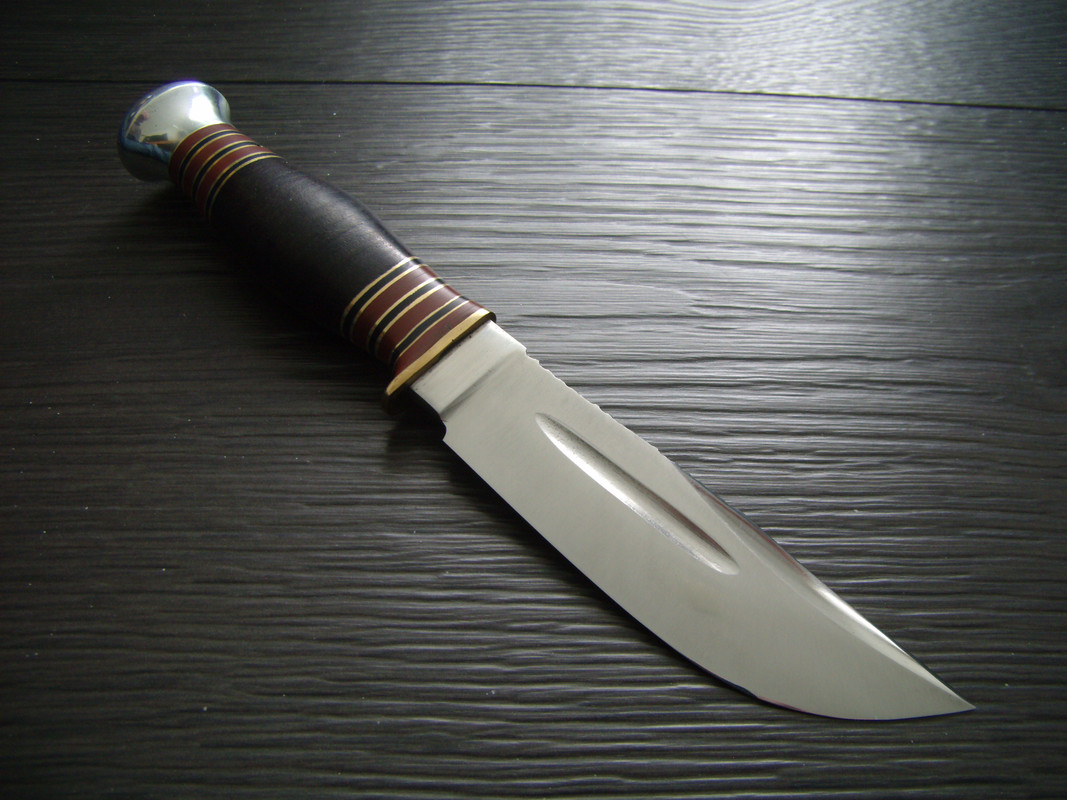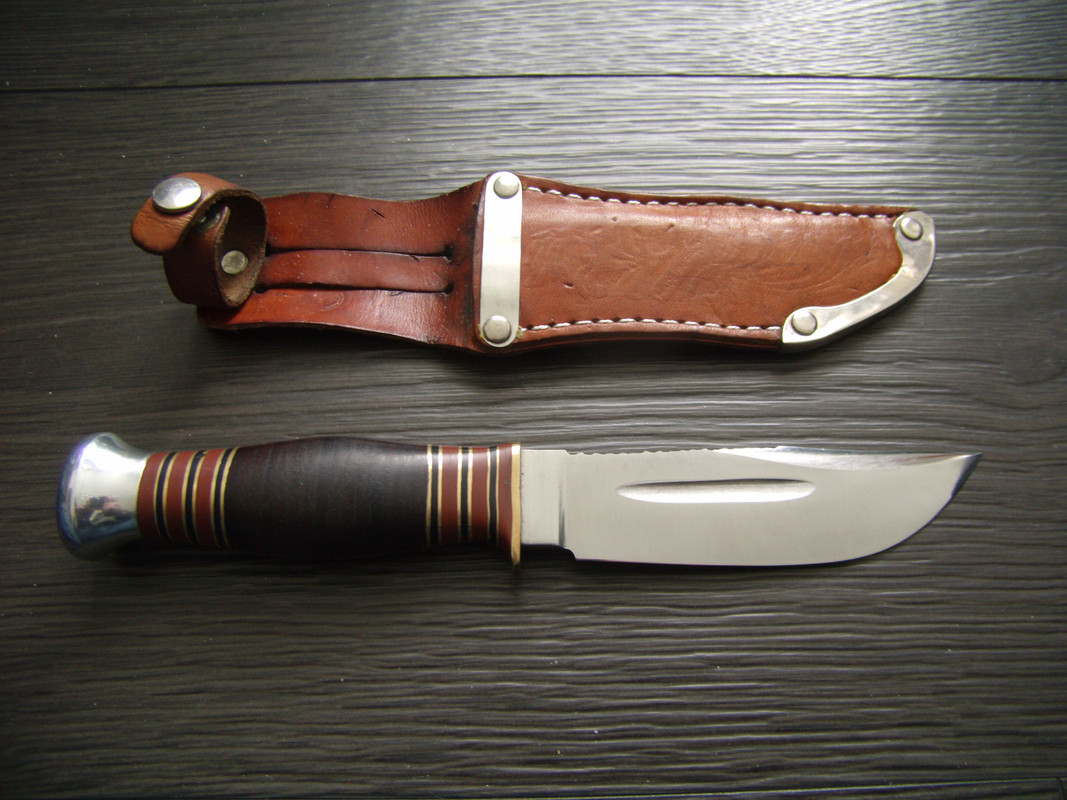Jan 18, 2023:
Last week the owner of the scissors (17-years old) dropped by my house with my nephew for a cup of tea, and informed me that she is still using them every working day.
According to her they're still very sharp and perfectly usable.
This seems to imply that my sharpening/polishing method is working, both for initial keenness and edge longevity.
Next i need to improve a bit in the speed department, while trying to maintain edge quality.
Last week the owner of the scissors (17-years old) dropped by my house with my nephew for a cup of tea, and informed me that she is still using them every working day.
According to her they're still very sharp and perfectly usable.
This seems to imply that my sharpening/polishing method is working, both for initial keenness and edge longevity.
Next i need to improve a bit in the speed department, while trying to maintain edge quality.





























